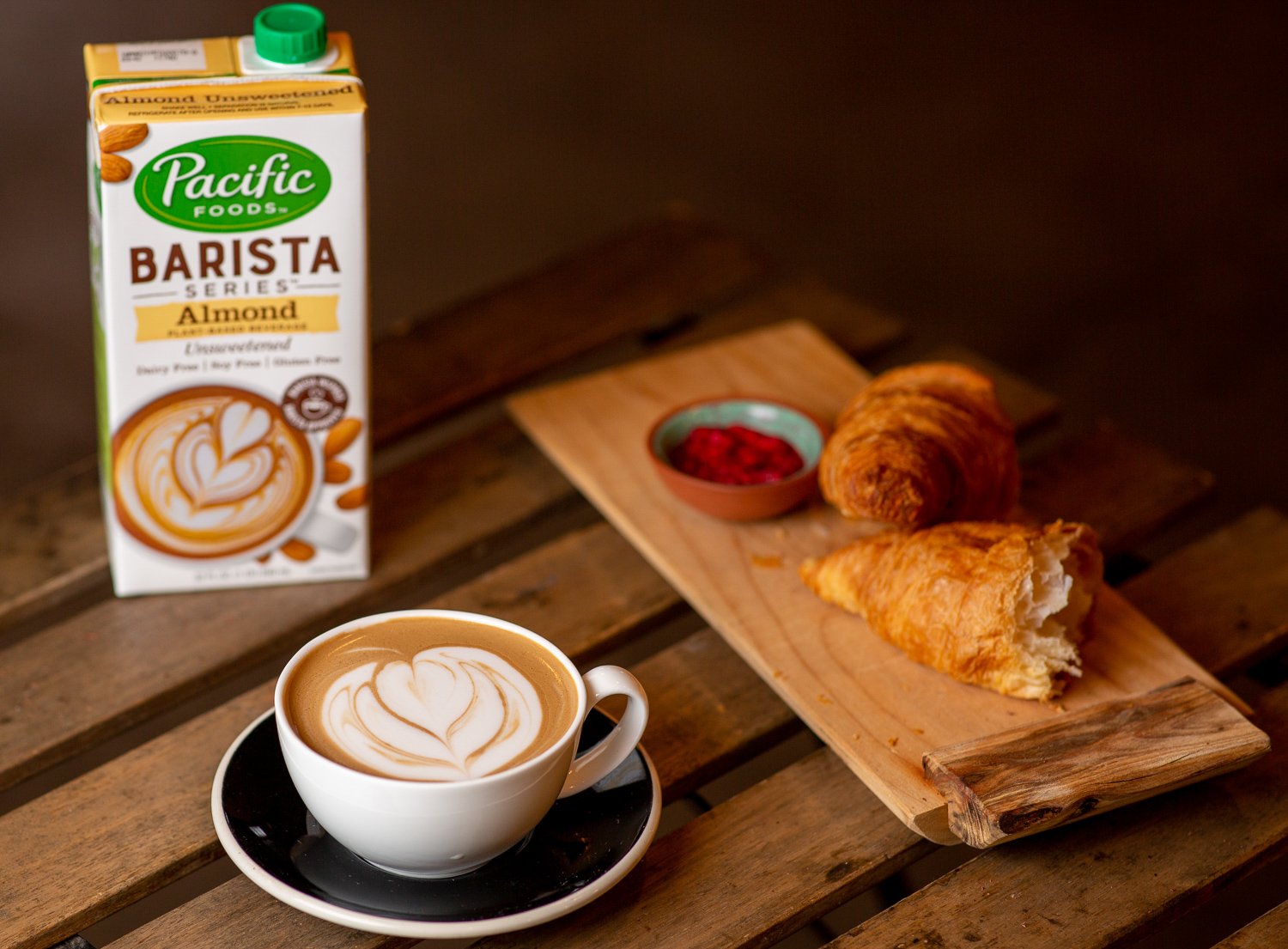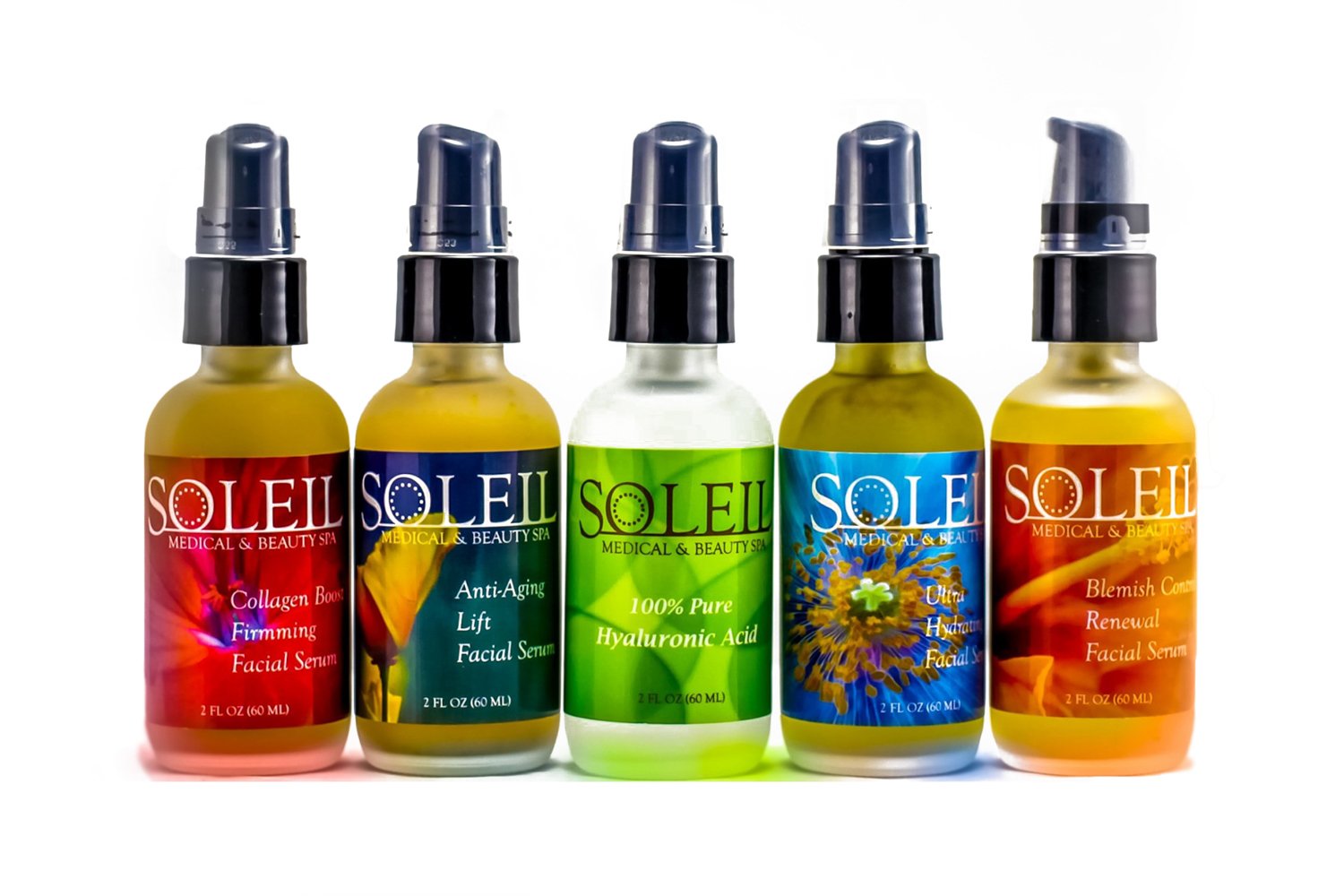Six Essential Techniques of the Product Photographer
A product photographer has one primary goal: to create compelling images that bring products to life. Most products have several layers to capture – features, quality, and functionality, among others. The product photographer establishes the nuances of branding and key selling points and applies those elements to determine the appropriate lighting, composition, and background choices.
When product photography is done well, it entices and inspires consumers, ultimately driving sales and leaving a lasting impression that resonates with the target audience. In essence, the mission is to transform everyday items into visual stories that compel viewers to engage and invest in the products they portray. With these objectives in mind, let’s take a look at the specific techniques a product photographer employs.
Lighting
Lighting is the key to defining a product's contours and textures. A product photographer orchestrates studio lighting, using tools like soft-boxes, umbrellas, and reflectors to sculpt light and shadow. Diffusers are also key as they minimize harsh light, reducing stark contrasts and eliminating heavy shadows. The goal is to achieve soft, even lighting that accentuates product details while minimizing post-processing work.
Composition
An example of symmetrical composition in this product shot for Salt & Straw Ice Cream
Skillful framing, arrangement, and composition techniques are pivotal tools. The rule of thirds is a fundamental guideline that fosters balance and visual harmony. Depth of field (DoF) is another crucial aspect of composition. The product photographer controls the aperture setting to decide whether to have a shallow or deep DoF. A shallow DoF isolates the subject from the background, drawing focus to it, while a deep DoF ensures that the entire product remains sharp and in focus.
What is the rule of thirds?
By dividing the frame into a 3x3 grid and positioning the product (subject) or its key elements along these lines or their intersections, the product photographer creates more visually appealing images.
What is Depth of Field?
Depth of field is the distance between the closest and farthest objects in a photo that appears acceptably sharp, or in focus.
Skillful framing, arrangement, and composition techniques are pivotal tools. Above, the image is composed based on the rules of symmetry, balanced from left to right, with the center subject ‘bookended’ by its upright neighbors. The rule of thirds is a fundamental guideline that fosters balance and visual harmony, while depth of field adds considerations for depth and how much of the subject is in sharp or soft focus. Here the image is broken up into ‘thirds’, with each iteration of the product occupying that coveted space.
Backgrounds
‘Infinite White” or ‘Seamless” Background for these Soleil products
A well-considered background selection is essential in product photography; it serves as the context in which the product is presented, influencing the message and highlighting features.
A plain white background, often called a “seamless backdrop,” is a classic choice. It eliminates distractions and directs all attention to the product itself. Colored backdrops or textured backgrounds may be used to convey a specific mood or enhance the product's aesthetic.
In some cases, the product photographer chooses a lifestyle background. These settings place the product within a specific environment, demonstrating how it can be used in real-life scenarios. For instance, a kitchen appliance might be photographed in a well-appointed kitchen to illustrate its functionality and appeal in a home setting.
Soft focus background for Pacific’s Barista Series Products
Props and Styling:
The use of props and styling is akin to adding depth and layers to the brand story of a product photograph. This technique helps convey the product's purpose, style, and potential benefits.
Props, when chosen thoughtfully, complement the product and its intended message. For instance, placing fresh ingredients alongside a kitchen appliance suggests its utility in cooking, while adding a notebook and pen near a desk accessory product underscores its functionality.
Styling also encompasses the arrangement of the product itself. The product photographer selects the best position of the product to highlight key features.
Add to your brand story through the use of styling and props.
Angles:
Placing the image on its side generates a different type of emotional engagement with the viewer.
Photographers explore various angles to best capture a product's unique features. Different angles can also aid in brand story by imbuing the photograph with different emotions.
The straight-on or eye-level angle is often used for showcasing the product's essential details. It provides a clear, unobstructed view. A low-angle shot can make the product appear larger and more imposing, ideal for emphasizing scale and design. Conversely, a high-angle shot provides an overhead perspective, useful for displaying the product's shape and layout. It can create a sense of clarity and order. Close-up or macro shots focus on capturing smaller details and textures, revealing the product's quality and craftsmanship.
Post-Processing - The Edit:
Post-processing is a primary skill that the best product photographer is fluent in. Even with impeccable lighting and composition, some adjustments may be needed to perfect the image.
Common post-processing techniques include color correction, exposure adjustments, and sharpening to enhance image clarity. Retouching removes imperfections and blemishes, ensuring the product looks its best.
For e-commerce, it's essential to maintain consistency across a product catalog, maintain the brand story. This involves creating a uniform style and look, including background color and lighting, for all product images.
Significant post-processing of this Bridge City Vodka bottle with advanced lighting/shading techniques and the addition of a brand-specific backdrop.
Ultimately, a product photographer's best technique is their willingness to experiment and adapt accordingly. Each product is unique, and what works for one may not work for another.
Adaptability, patience, and a keen eye for detail are essential traits that lead to the mastery of product photography.
Brooksbank Photo has a long history of delivering photographs that communicate a product’s features, applications, and design – all while staying true to brand identity and what propels your target market to take action.
Call today for a free consultation.








